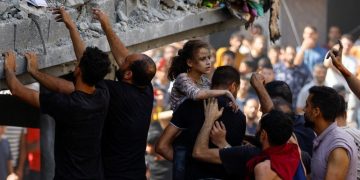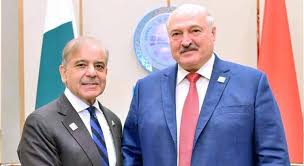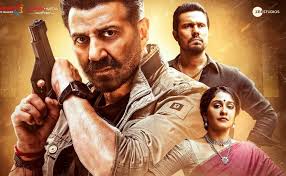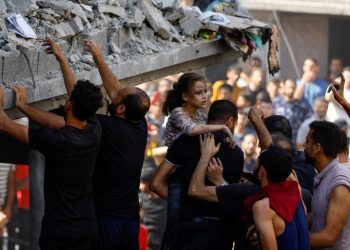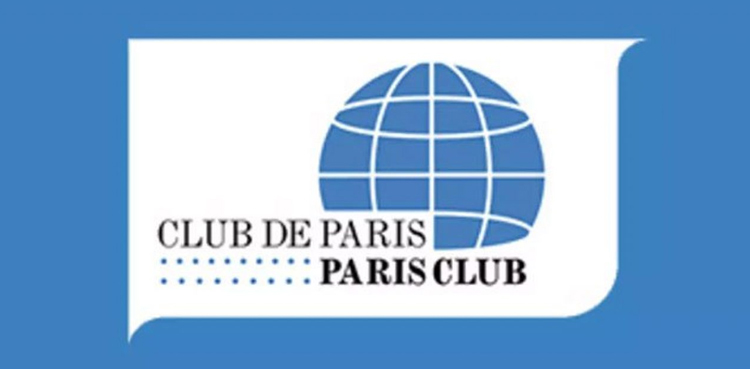WEB DESZK
At least 76 protesters have been killed by Iranian security forces during 11 days of unrest sparked by the death of a woman in custody, activists say.
Iran Human Rights (IHR), a Norway-based organisation, accused authorities of using disproportionate force and live ammunition to suppress the dissent.
State media have put the number of dead at 41, including several security personnel, and blamed “rioters”.
Hundreds of people have also been arrested, 20 of them journalists.
“The risk of torture and ill-treatment of protesters is serious and the use of live ammunition against protesters is an international crime,” said IHR’s director Mahmood Amiry-Moghaddam. “The world must defend the Iranian people’s demands for their fundamental rights.”
The UN human rights office also said it was very concerned by the authorities’ violent response and urged them to respect the right to protest peacefully.https://emp.bbc.com/emp/SMPj/2.46.1/iframe.htmlMedia caption,
The anti-government demonstrations have spread to more than 80 cities and towns across Iran since the funeral of Mahsa Amini on 17 September.
The 22-year-old Kurdish woman from the north-western city of Saqez had been visiting the capital, Tehran, on 13 September when she was arrested by morality police officers for allegedly violating the strict law requiring women to cover their hair with a hijab, or headscarf.
She collapsed after being taken to a detention centre to be “educated” and died in hospital following three days in a coma.
The police said Ms Amini died after suffering sudden heart failure, but her family have dismissed that and alleged that she was beaten by officers.
The protests against the morality police and hijab law triggered by her death quickly evolved into the most serious challenge that Iran’s Shia Muslim clerical establishment has faced in years.
Videos posted on social media have shown women defiantly burning their headscarves on bonfires and cutting their hair in public to cheers and chants of “Women, life, freedom” and “Death to the dictator” – a reference to the Supreme Leader, Ayatollah Ali Khamenei.
On Monday, protests were reported in Tehran and a number of other cities, including Yazd, in the centre of the country, and Tabriz and Sanandaj, in the north-west. Students and teachers at more than 20 universities also staged a strike and walked out of their classrooms.

